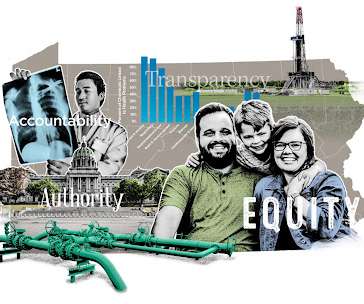Good News—and Bad—about Fossil Fuel Power Plants in 2023
Union of Concerned Scientists
MARCH 23, 2023
Renewable projects can experience delays due to the country’s antiquated (and slow) system of connecting to the grid, as well as other reasons like permitting and transmission constraints. And fossil fuel power plants may not stick to their retirement schedules for a variety of reasons. A bit more on those reasons later.






















Let's personalize your content